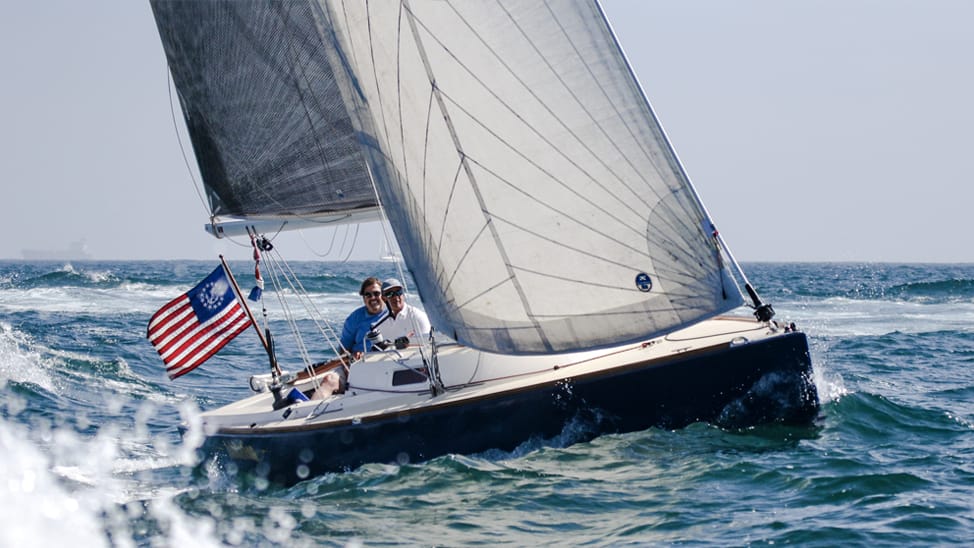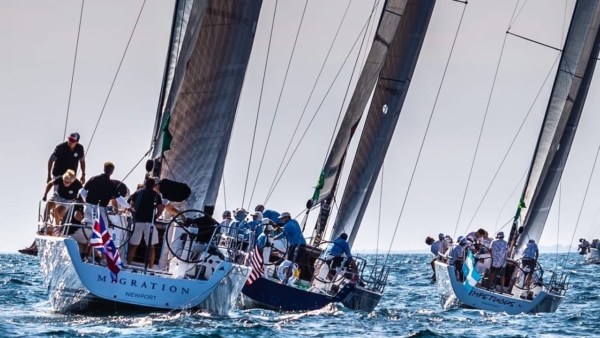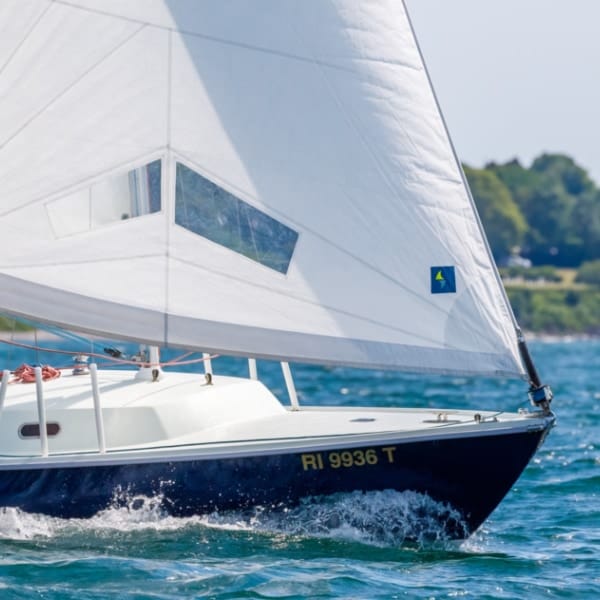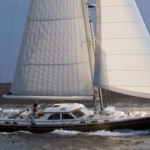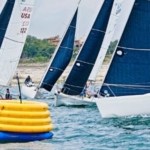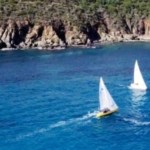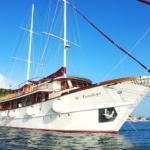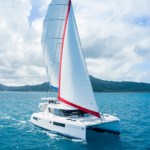In 1983, the American Sailing Association was founded by Lenny Shabes. Over the years, hundreds of thousands of sailors have become certified in the ASA sailing curriculum. This year, we celebrate 40 years as the leading sailing education entity in the United States. So when you get out on the water, you can be sure that ASA-certified sailors are sailing safely and confidently.
Sailing has its own language, and when you go through the ASA curriculum, you’ll find yourself using terms like port and starboard if talking about directions, or referring to a zephyr or a squall when discussing the weather. Some language is meant to help clarify sailing directions, while other terms sound like novelties or just sailors loving that we are part of a special club, but actually have super interesting origins and stories tied to them.
After 40 years, we are going strong, and we continue to help students not only talk like sailors, but become sailors.
40 terms to help you start talking like a sailor
- Aft – The rear section of the boat
- Bow – The front section of the boat
- Mast – The vertical pole that supports the sails
- Boom – The horizontal pole that extends from the mast and supports the foot of the mainsail
- Winch – A device used to adjust the tension on a rope or wire, usually used to hoist sails or adjust rigging
- Helm – The steering wheel or tiller used to steer the boat
- Tiller – A lever used to steer the boat by moving the rudder
- Rudder – The hinged device at the back of the boat used for steering
- Keel – The fin-like structure beneath the boat that provides stability
- Centerboard – A retractable fin-like structure beneath the boat that provides stability and helps prevent sideways movement
- Ballast – Heavy material, such as lead, placed in the bottom of the boat to provide stability
- Beam – The width of the boat at its widest point
- Freeboard – The distance from the waterline to the deck of the boat
- Draft – The distance from the waterline to the deepest point of the keel or centerboard
- Rigging – The ropes and wires used to support the mast and sails
- Headstay – The wire or rope that runs from the top of the mast to the bow and supports the forestay
- Forestay – The wire or rope that runs from the mast to the bow and supports the jib or genoa
- Backstay – The wire or rope that runs from the top of the mast to the stern and helps support the mast
- Shroud – The wire or rope that runs from the mast to the side of the boat and helps support the mast
- Halyard – The rope used to raise a sail
- Sheet – The rope used to control the angle of a sail
- Jib – A triangular sail in front of the mast
- Genoa – A large, overlapping jib that provides additional power
- Mainsail – The large, primary sail that is attached to the mast and boom
- Spinnaker – A large, colorful, balloon-like sail used for downwind sailing
- Tack – The forward corner of a sail
- Clew – The aft corner of a sail
- Reef – To reduce the area of a sail in high winds
- Port – The left side of the boat when facing the bow
- Starboard – The right side of the boat when facing the bow
- Leeward – The side of the boat away from the wind
- Windward – The side of the boat facing the wind
- Heeling – When the boat leans to one side due to wind or weight distribution
- Running – sailing with the wind coming from behind the boat
- Hiking – The act of leaning out over the side of the boat to counteract heeling
- Capsize – When a boat overturns or turns over
- Jibe – A maneuver in which the boat turns downwind and the mainsail moves from one side of the boat to the other
- Tack – A maneuver in which the boat turns into the wind and the mainsail moves from one side of the boat to the other
- Nautical mile – A unit of measurement used to measure distance at sea, equivalent to 1.15 miles
- Knot – A unit of measurement used to measure speed, equivalent to one nautical mile per hour
If you’re ready to take your knowledge to the next level, check out these ASA 101 Study Cards — great as a resource when you take ASA 101, 103, or 104 and even more fun later as a coffee table set to quiz your friends!

